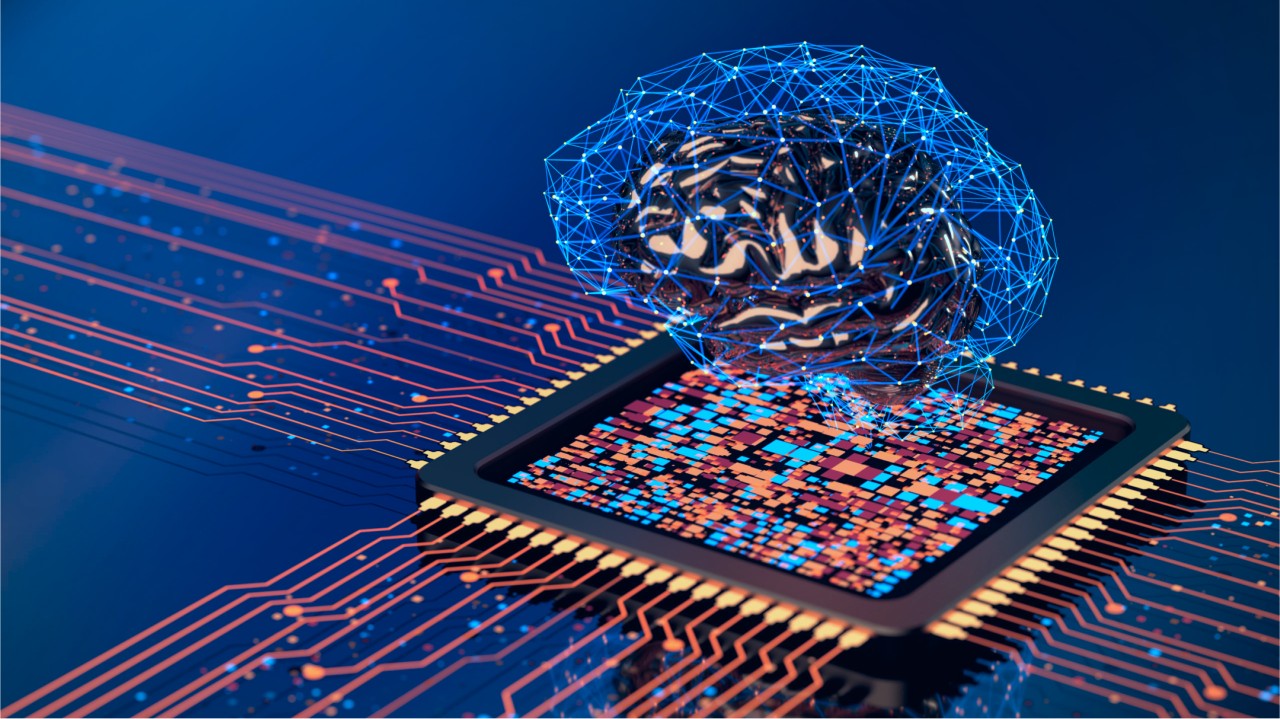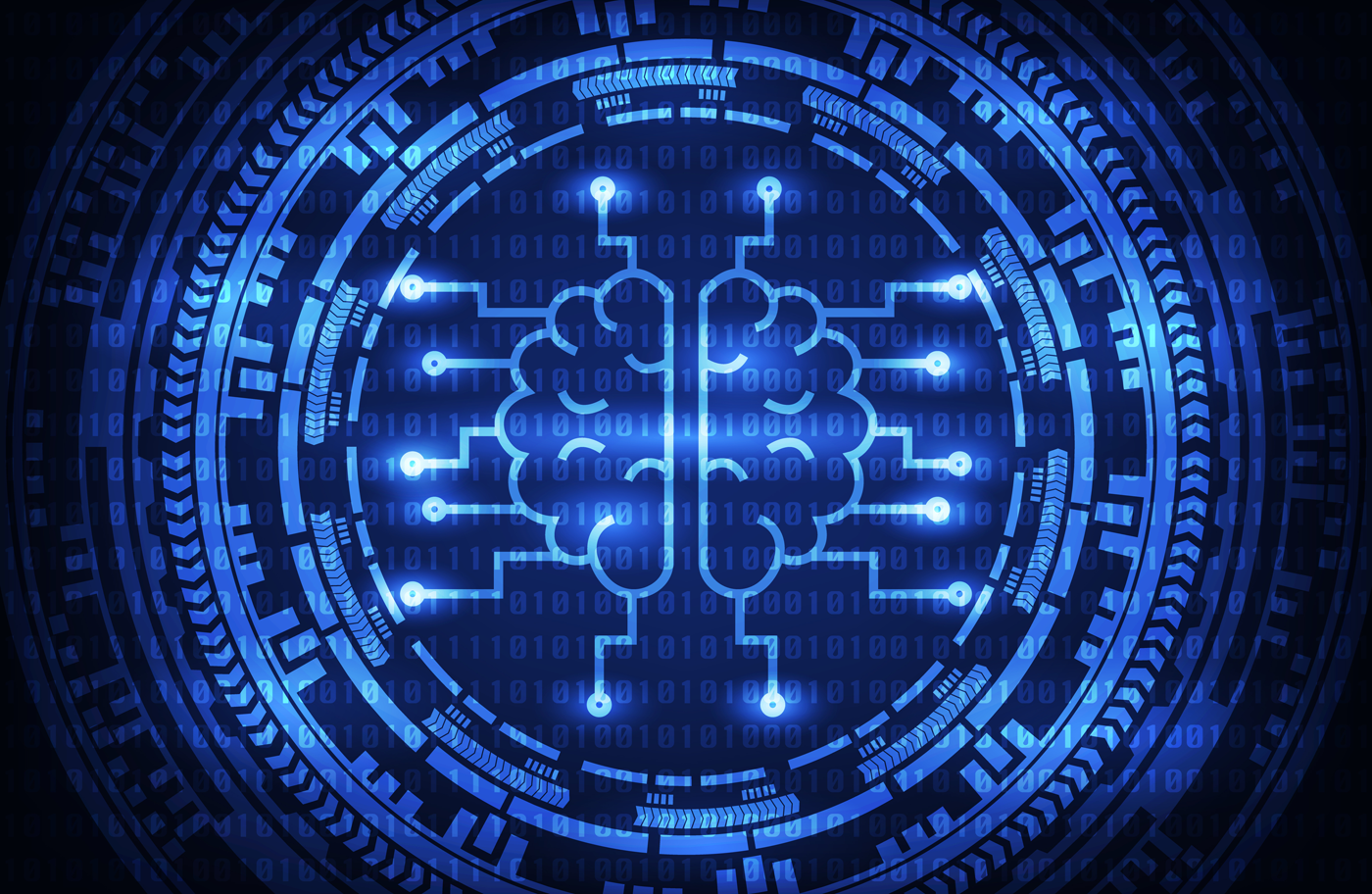In the rapidly evolving landscape of technology, ambient computing emerges as a transformative paradigm, promising seamless integration of digital interactions into our physical environments. This article explores the concept of ambient computing, its potential applications, challenges, and implications for the future.
Understanding Ambient Computing
Ambient computing refers to a computing paradigm where digital technology blends into the background of everyday life. Unlike traditional computing, which often requires direct human interaction with devices like smartphones or computers, ambient computing aims to make technology omnipresent and omnipotent, operating effortlessly in the background.
The key characteristics of ambient computing include:
- Ubiquity: Devices and services are seamlessly integrated into our surroundings.
- Context-awareness: Systems understand and respond to the context of users and their environments.
- Minimal user input: Interactions are natural and intuitive, requiring minimal explicit commands from users.
- Intelligence: AI and machine learning enable systems to anticipate needs and act autonomously.
Applications of Ambient Computing
Smart Homes and IoT
Ambient computing is already revolutionizing smart homes by embedding intelligence into everyday objects. From thermostats that adjust based on occupancy to lights that change color according to mood, ambient computing enhances convenience and energy efficiency.
Healthcare
In healthcare, ambient computing monitors patient health in real-time, alerting caregivers to emergencies or changes in condition without requiring manual data entry.
Retail and Customer Experience
In retail, ambient computing can provide personalized shopping experiences by analyzing customer preferences and guiding purchasing decisions through augmented reality displays.
Work Environments
Ambient computing transforms work environments by automating routine tasks, scheduling meetings based on availability, and optimizing workspace utilization.
Challenges and Considerations
Privacy and Security
As ambient computing collects vast amounts of personal data, concerns about privacy and security intensify. Ensuring robust encryption, user consent mechanisms, and data anonymization are crucial.
Interoperability
The proliferation of devices and platforms poses challenges for seamless interoperability. Standards and protocols must be established to ensure compatibility and integration across systems.
Ethical Implications
The ethical implications of ambient computing include issues of data ownership, algorithmic bias, and the impact on human relationships and autonomy. Addressing these concerns requires transparent policies and ethical frameworks.
Future Directions
Advancements in AI and IoT
Continued advancements in artificial intelligence and the Internet of Things (IoT) will drive the evolution of ambient computing. Enhanced sensor technologies, coupled with AI algorithms, will enable more sophisticated context-aware systems.
Integration with Augmented Reality (AR) and Virtual Reality (VR)
Ambient computing will converge with AR and VR technologies, creating immersive environments where digital information seamlessly overlays physical spaces, enhancing user experiences and interactions.
Ambient Intelligence in Urban Spaces
Cities of the future will integrate ambient intelligence to optimize traffic flow, manage energy consumption, and improve public safety, creating sustainable and livable urban environments.
Conclusion
Ambient computing represents a significant shift in how we interact with technology, promising a future where digital experiences are integrated into the fabric of daily life. While challenges such as privacy concerns and interoperability issues must be addressed, the potential benefits enhanced convenience, efficiency, and personalization make ambient computing a compelling area of innovation. As technology continues to evolve, embracing ambient computing will undoubtedly shape the way we live, work, and interact with our surroundings in the years to come.



